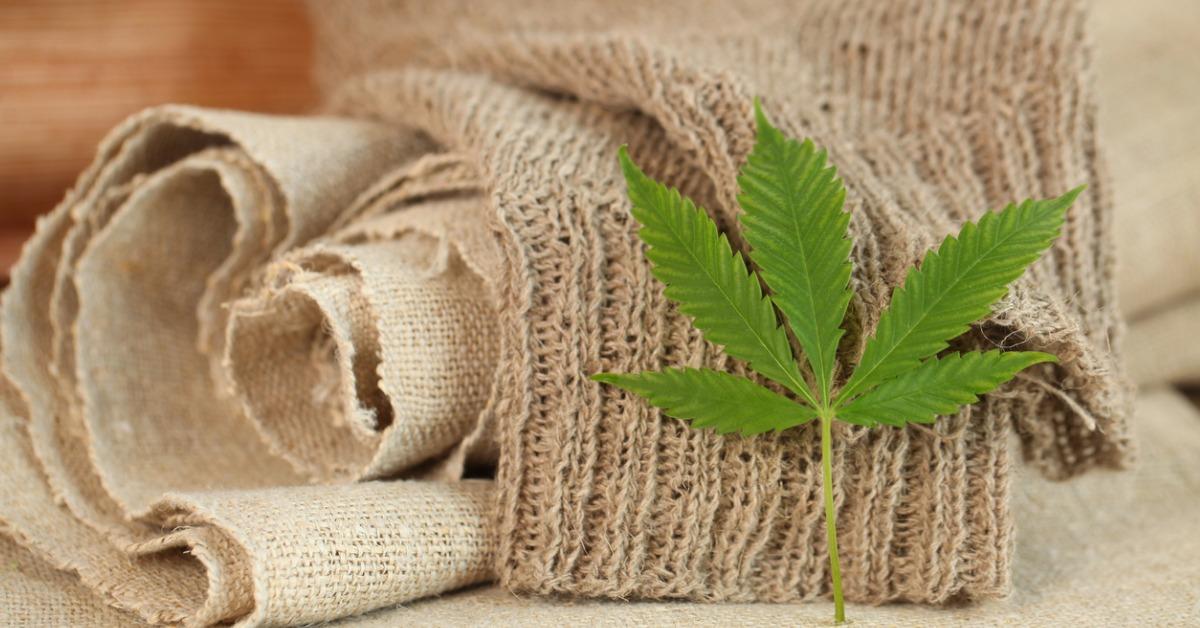Great Facts For Selecting Hemp Clothing
Wiki Article
What Are The Benefits Of Low Impact Fibre Hemp Clothing With Regard To The Sustainability Of The
Hemp clothing that is low impact provides numerous environmental benefits when in comparison to clothes made of other materials, including synthetic fibers and cotton that is conventional. Hemp clothing has many environmental advantages. Hemp grows quickly and requires less water, pesticides, and herbicides than many other plants. Hemp can adapt to a variety of climates and soil types which means that it reduces the requirement for chemical fertilizers in agriculture.
Hemp usually uses significantly less water than traditional cotton. Cotton is known for consuming lots of water. This makes hemp an environmentally-friendly option for clothing.
No Herbicides and Pesticides Hemp can be grown without the need for synthetic pesticides or herbicides in many cases, reducing the environmental impact of chemical agriculture.
Soil Health Hemp cultivation can enhance soil health because of the deep roots system, which helps prevent compaction and erosion of soil. It also leaves the soil in better shape to allow for future crops.
Biodegradability - Hemp fibers degrade and biodegrade naturally in time. This reduces the environmental burden from textile waste. In contrast, synthetic fibers like polyester will degrade over the course of hundreds of years.
Lower Carbon Footprint- The hemp fiber production generally has a smaller carbon footprint compared to synthetic materials. Furthermore, hemp is able to absorb carbon dioxide throughout its growth, and serve as an carbon storage.
Hemp clothing is durable and can last for many years. Hemp clothing that is of the highest quality can last many years. This eliminates the necessity to replace it often and also waste.
Hemp plants exhibit natural resistance against various insects. Chemical pest control isn't necessary.
Hemp is versatile, as it can be used in a myriad of textiles, such as clothing, bags and other accessories. It's a renewable and trendy textile.
Regenerative Agriculture: Some sustainable farming practices include hemp into regenerative agriculture systems, which aim to improve and restore ecosystems and produce crops. This method can have positive environmental impacts.
The process of dyeing, transportation as well as consumer behavior all contribute to the sustainability of the entire process. In addition, as in every other field, production standards and practices may differ. To ensure you are getting the most environmentally friendly benefit, choose organic hemp clothing that is sustainable and organic. Read the top hemp clothing for site examples including hemp mens jeans, patagonia ranch jacket, patagonia double knee pants, hemp shirts wholesale, patagonia hemp vest, hoodlamb coat, hemp boxer shorts, hemp golf shirts, afends jesse dress, organic hemp fabric and more.

How Is Hemp Clothing Technically And Functionally More Efficient Than Traditional Fibres?
Hemp clothing is a sustainable option that offers many functional and technical benefits over traditional fibers. Hemp clothing has numerous advantages which make it an ideal green and high-performance alternative.
Hemp fibers are extremely absorbent and moisture-wicking. It makes hemp clothes a comfortable one to wear in a variety of conditions. They are able to help wick away sweat from your skin, keeping it cool during hot weather.
Temperature Regulation
Hemp clothing is extremely thermoregulating capabilities. It can keep warm in cool temperatures by trapping body heat close and help to remain cool during hot temperatures when moisture and heat are allowed to be released. The natural regulation of temperature can reduce the necessity to regularly change clothes.
Longevity and durability-
Hemp fibers are well-known for their durability. Clothing made from hemp is more durable and resistant to wear than clothing made of other fibers, such as cotton. The durability of hemp clothes is that it lasts for longer, reducing the necessity to replace them and, consequently, the environmental impact.
UV Protection
Hemp fibers offer natural UV protection by shielding skin from damaging UV radiation. This can be particularly useful when you are outdoors.
Biodegradability:
Hemp clothes degrade naturally over time. It is a great option to reduce the waste of textiles and also the negative impact it has on the environment.
Low environmental impact
Hemp cultivation typically requires fewer synthetic herbicides and pesticides when than conventional cotton. It also uses less water, making it a greener option. Hemp farming organically enhances the environmental benefits.
Carbon Sequestration-
Hemp plants are able to absorb carbon dioxide from the atmosphere during their growth. This is why hemp is able to be used as a carbon sink in order to help reduce greenhouse gas emissions.
Sustainability and Crop rotation
Hemp is easily integrated into crop-rotation systems to improve overall soil health. It also reduces the chance of soil depletion or accumulation of diseases. This sustainable farming method contributes to the eco-friendliness.
Versatility:
Hemp fibers can be blended with other substances (such organic cotton or recycled polyester) to produce eco-friendly and high performance fabric blends. This versatility allows for the creation of new and sustainable textile products.
Low Toxicity-
Hemp fibers are low in toxicity and do not require a lot of chemical processing during production, which reduces the environmental impacts of the production of textiles.
While hemp offers many eco-friendly and practical benefits, the durability of clothing is dependent on factors like the process of dyeing and transportation. It is also affected by ethical working practices. Consumers who want to make eco-friendly choices should select clothing brands that make use of hemp and other sustainable fibres and place a high value on transparency and ethical manufacturing. Read the top my review here for hemp clothes for website examples including mens hemp t shirts, mens hemp clothing, hemp fabric clothing, patagonia hemp island pants, hemp boxer shorts, hemp tank top, hemp button shirt, organic hemp fabric, hemp athletic wear, hemp t shirt mens and more.

What Are The Advantages Of Bamboo Clothing To The Environment And For Comfort?
Bamboo clothing has many advantages for comfort as well as the environment.
The softness of bamboo fabrics is popular for their extraordinary softness. It's smooth and silky to touch, making it comfortable on the skin. Bamboo clothing is luxuriously soft, which is why it's a popular option for intimate clothing.
Breathability Bamboo fibers naturally breathable and moisture wicking. These micro-gaps let air circulate and keep you cool. The moisture-wicking properties help draw sweat away from the skin and decrease the feeling of dampness.
Thermoregulation- Bamboo clothes have great thermoregulatory qualities. The clothing can keep you warm by capturing the heat close to your body. It can also help keep you cool during hot temperatures by allowing excess water and heat to escape. The ability to adapt to temperature variations can make bamboo clothing suitable to wear throughout the year.
Hypoallergenic- Fabric that is made of bamboo is gentle and hypoallergenic. Bamboo is less prone to irritate or cause allergic reactions.
Bamboo fibers are naturally antimicrobial properties that can assist to inhibit the growth odor-causing bacteria. This characteristic contributes towards the breathability and comfort of bamboo clothing, even in physical activity.
Environment-
Bamboo is a source of renewable energy that is environmentally sustainable. It is one of the fastest-growing species and requires very little water. There are no herbicides, pesticides, or other chemicals are required to cultivate it. Bamboo is harvested and not killed it, because the root system of bamboo regenerates.
Low water usage- Bamboo is inherently water-efficient. Bamboo can flourish with little irrigation and can be planted using rainwater only and reduces the environmental impacts associated with water usage in agriculture.
Biodegradability - Bamboo clothing breaks down naturally over time after it is removed from the landfill. This decreases the amount of nonbiodegradable textiles that end in the garbage dumps.
Carbon Sequestration- Bamboo plants capture carbon dioxide (CO2) from the atmosphere during their rapid expansion. This means that bamboo cultivation can act as carbon sinks, assisting to mitigate climate change by reducing greenhouse gas emissions.
Chemical Reduction- The manufacturing of bamboo fabrics typically requires fewer chemical treatments and processing steps compared to other textiles, which reduces the environmental impact associated with textile production.
Closed Loop Production- A few bamboo fabrics are manufactured using closed loop systems that recycle and reuse chemicals as well as water, thus reducing the amount of production waste.
It is important to remember that the environmental impact of a garment can depend on the manufacturing process used, as well as whether the bamboo used came from ethically and sustainably controlled bamboo forests. To get the most environmental benefits, consumers must look for bamboo clothes made with eco-friendly and ethical practices. Have a look at the top rated bamboo clothes for more info including rayon from bamboo fabric, bamboo sports clothing, bamboo viscose pajamas, bamboo hoodie women's, bamboo cay shirts, cheapest bamboo pajamas, bamboo t shirts womens, bamboo t shirts mens, bamboo pants mens, bamboo workout clothes and more.
